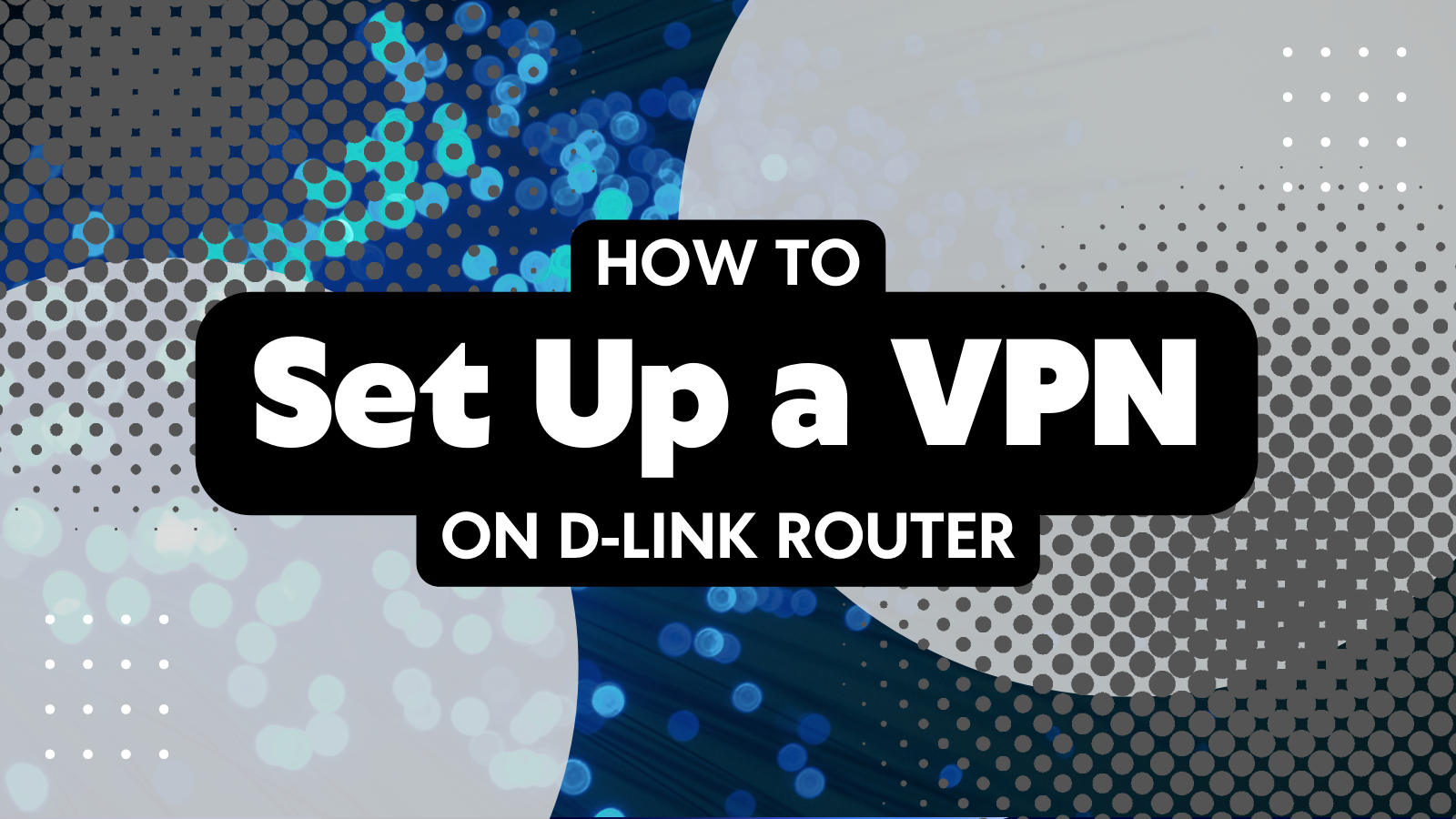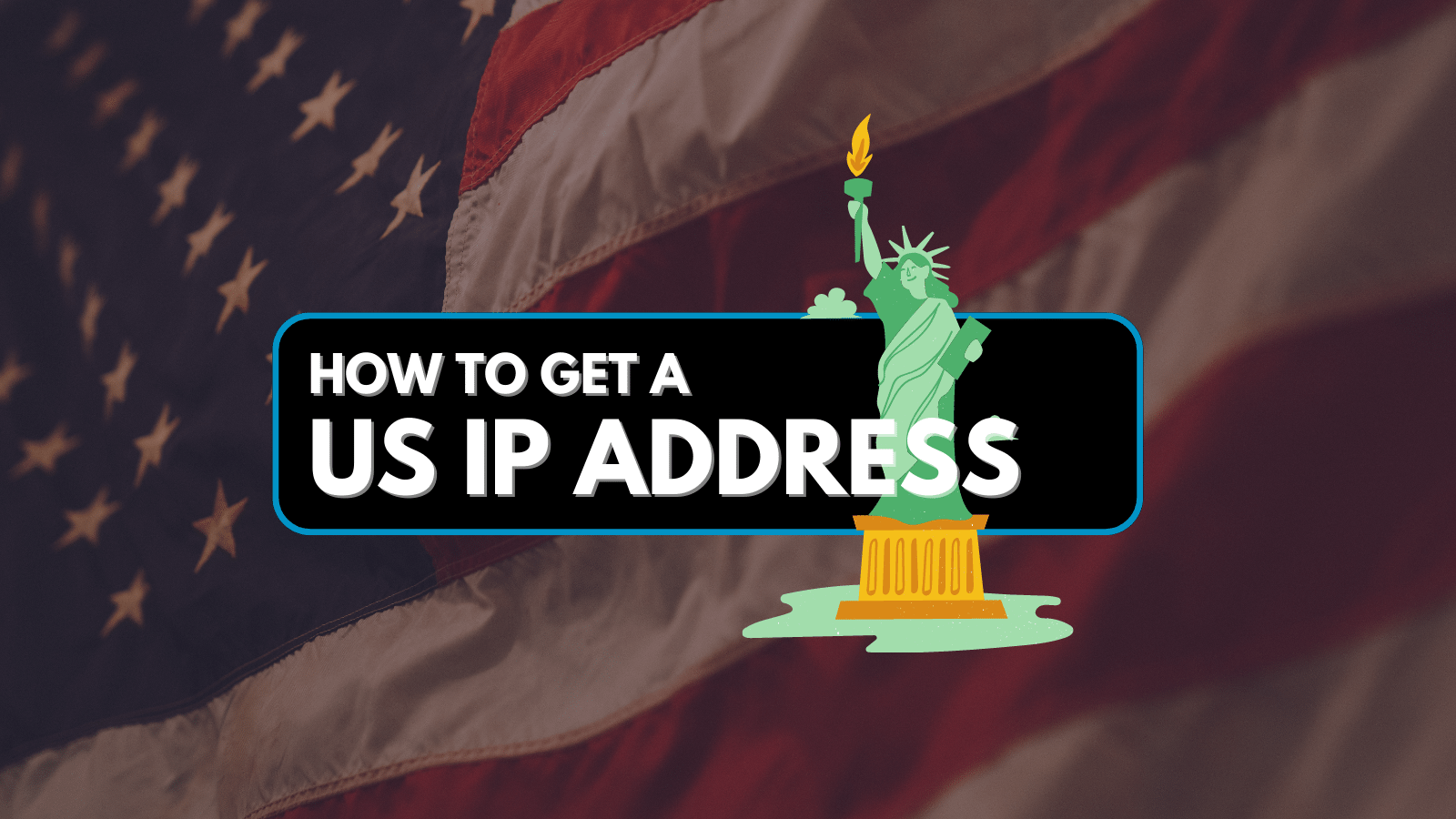
How to Delete a VPN App – Covering Windows, macOS, Linux, Android, iOS, Fire TV & Routers!
There could be many reasons why you might want to delete a VPN app. Perhaps you're facing a major technical issue, you want to switch to another VPN, or you don't want to pay for a VPN anymore. Even though we need to remind you of the importance of VPNs and how many benefits they offer, we’re also here to show you how to safely and properly delete a VPN from your device.
Just below, you’ll find the required steps to delete any VPN app from a wide range of platforms – including Windows, macOS, Linux, Android, iOS, Fire TV, and routers. So, scroll down a bit and follow the instructions you’ll find there.
Windows
When it comes to Windows, this operating system allows different kinds of VPN setups. With that said, let’s first show you how to delete a VPN if you’ve installed its native client.
- Launch the Start menu in the bottom-left corner.
- Then, navigate to Settings > Apps.
- Pick 'Apps & Features' using the left-placed menu.
- Find the VPN app you’d like to delete and select it.
- Lastly, pick 'Uninstall' and follow any on-screen prompts.
If you’ve installed a VPN manually, you need to remove any connections you’ve added. This is also worth doing/checking, even if you used to have a native VPN app on your Windows PC.
- Launch the Start menu and navigate to Settings.
- Then, pick 'Network & Internet.'
- On the left-hand side, select 'VPN.'
- On the right-hand side, pick the VPN connection(s) you want to remove.
- Lastly, select 'Remove' and then confirm your decision.
On Windows, VPN services also install TAP drivers that help them reroute your Web traffic. So, make sure to go through the following steps to remove any leftover TAP drivers (even after you uninstall your VPN app or delete manually created VPN connections.
- Go to Control Panel > Device Manager.
- Expand the 'Network Adapters' section.
- Right-click on the old TAP driver (you’ll recognize it by its name).
- Select 'Uninstall,' and then confirm your decision.
- Feel free to restart your Windows PC.
macOS
Just like Windows, macOS also supports both manually created VPN connections and native VPN apps. So, let’s start by showing you how to delete a VPN by removing its app.
- First, make sure that your VPN app isn’t active in the background.
- Launch Finder by clicking on its icon via macOS’ dock.
- Then, navigate to 'Applications' using Finder’s left-placed sidebar.
- Find the VPN app you want to remove by looking for its icon.
- Right-click on the VPN app and pick 'Move to Trash.'
- If asked to confirm your action, make sure to do so.
Next, we’ll show you how to remove manually created VPN connections. However, even if you used a native VPN app, you’ll want to go through the following steps.
- Click on the Apple logo in the top-left corner of your screen.
- Navigate to System Preferences > Network.
- On the left-hand side, find the VPN connection(s) you want to delete.
- Once you select the VPN connection, click on the minus button at the bottom.
- You might be asked to confirm your decision. That’s it!
Linux
As you already know, Linux comes in many different flavors, making it impossible to produce a guide that encompasses all users. However, generally speaking, you need to follow the same procedure as you did when installing the VPN (using commands to uninstall the software).
If you use a Debian Linux that has a package manager, use that software to remove any application, including VPN applications. And in case you use a Linux Ubuntu, you need to navigate to Settings > Network > VPN. Then, visit the 'Details' tab and select 'Remove VPN.'
Lastly, if you’re having a hard time deleting a VPN from a Linux machine, we recommend relying on third-party software. More precisely, Stacer and GCleaner will help optimize your system and remove unwanted VPN applications.
Android
One of the benefits of using Android is having the ability to set up custom VPN connections and use native VPN software so, if you have a VPN installed as an app, here's how to remove it.
- Launch the 'App Drawer' on your Android device.
- Then, navigate to the VPN app you’d like to remove.
- Tap-and-hold the app’s icon until you see a menu appear.
- Finally, select 'Remove' or 'Uninstall,' based on which Android version you use.
If you’re having a hard time deleting a VPN on Android, there are other methods to try. First, you can use the Google Play Store app and its top-placed search bar to look up your VPN. Once you find its Play Store listing, remove the app from there. And also, some Android versions let you remove installed apps from the Settings app.
Lastly, in case you’ve added VPN connections to your Android device manually, here’s how to remove those from your device.
- Navigate to Settings > Network & Internet.
- Select 'VPN.'
- Pick the VPN connection you’d like to remove.
- Then, pick 'Remove' or 'Forget VPN.'
- Confirm your decision. That’s it!
iOS & iPadOS
Since iOS and iPadOS let you use native VPN apps and set up custom VPN connections, there are two ways to delete a VPN from your device. If you’ve installed a VPN app, do the following.
- Find the VPN app on your device’s Home Screen.
- Tap-and-hold the VPN app’s icon.
- A menu should appear, letting you remove the app from your device.
- Confirm your decision to delete the VPN app. That’s it!
More advanced VPN users like to tinker with their VPN connections. So, if you’ve added VPN connections manually on your iPhone or iPad, delete them using the following steps.
- Navigate to Settings > VPN.
- Find the VPN connection you’d like to remove.
- Then, tap on the Information button on the right-hand side.
- At this moment, you should see additional VPN options for the chosen connection.
- Lastly, tap on 'Delete VPN.' If asked to confirm, make sure to do that.
Firestick & Fire TV
The chances are that you're running a VPN as an app on your Firestick or Fire TV device, meaning that if you wish to delete your VPN, you need to use the Settings app. Here are the steps you need to take.
- Access the 'Settings' app using your Firestick’s home screen.
- Then, navigate to Applications > Manage Installed Applications.
- Scroll down until you get to the VPN app you want to delete.
- Select the app’s name to open its overview.
- Select 'Uninstall' and then confirm your decision. That’s it!
VPN-Compatible Routers
There's a vast number of routers compatible with VPN services, and all of them come with custom software built by their manufacturers. So, producing a one-size-fits-all guide on how to delete a VPN from a router would be impossible. Here’s our general guide instead.
- First, log in to your router’s admin panel.
- Then, find a group of options related to VPN connections.
- At this moment, you should see an ON/OFF switch.
- To disable your VPN, slip the switch to OFF.
- To delete your VPN connection, open its preferences.
- At this moment, you should see an option to remove the chosen VPN configuration.
For more detailed instructions, we recommend turning to your VPN's customer support. Make sure to provide the exact model of your router and ask how to remove the VPN (not just disable, but completely remove VPN-related configurations).
That would be all on how to delete a VPN from your computer, smartphone, tablet, media streaming device, and more. If you have any questions, let us know via the comments section below. And finally, thanks for reading!





